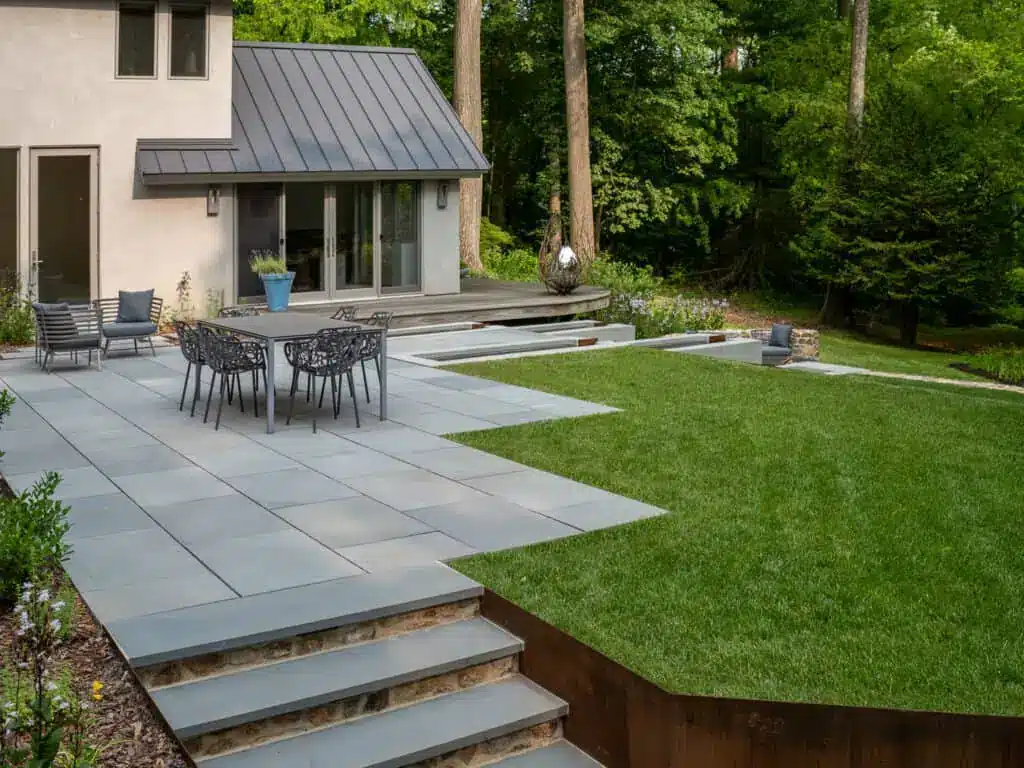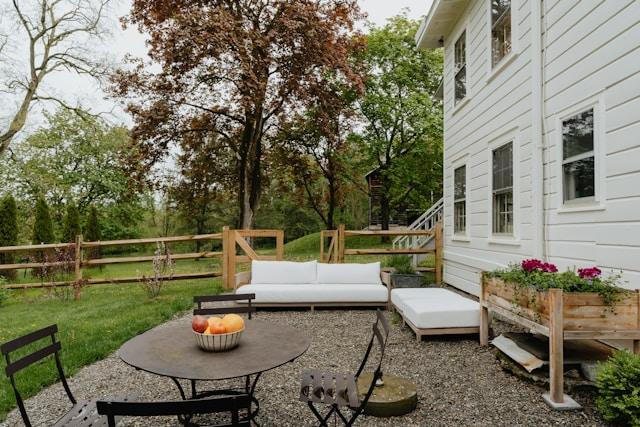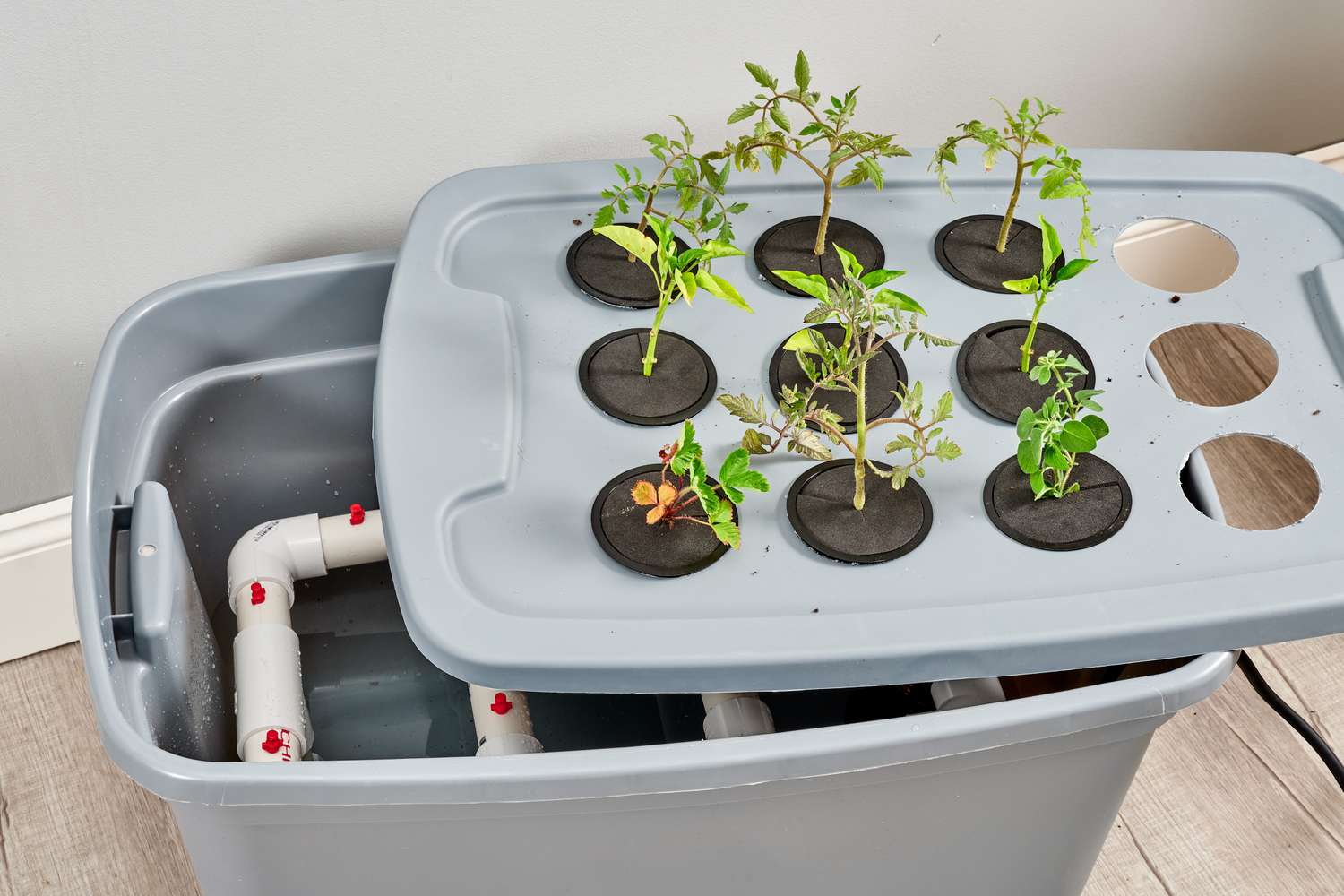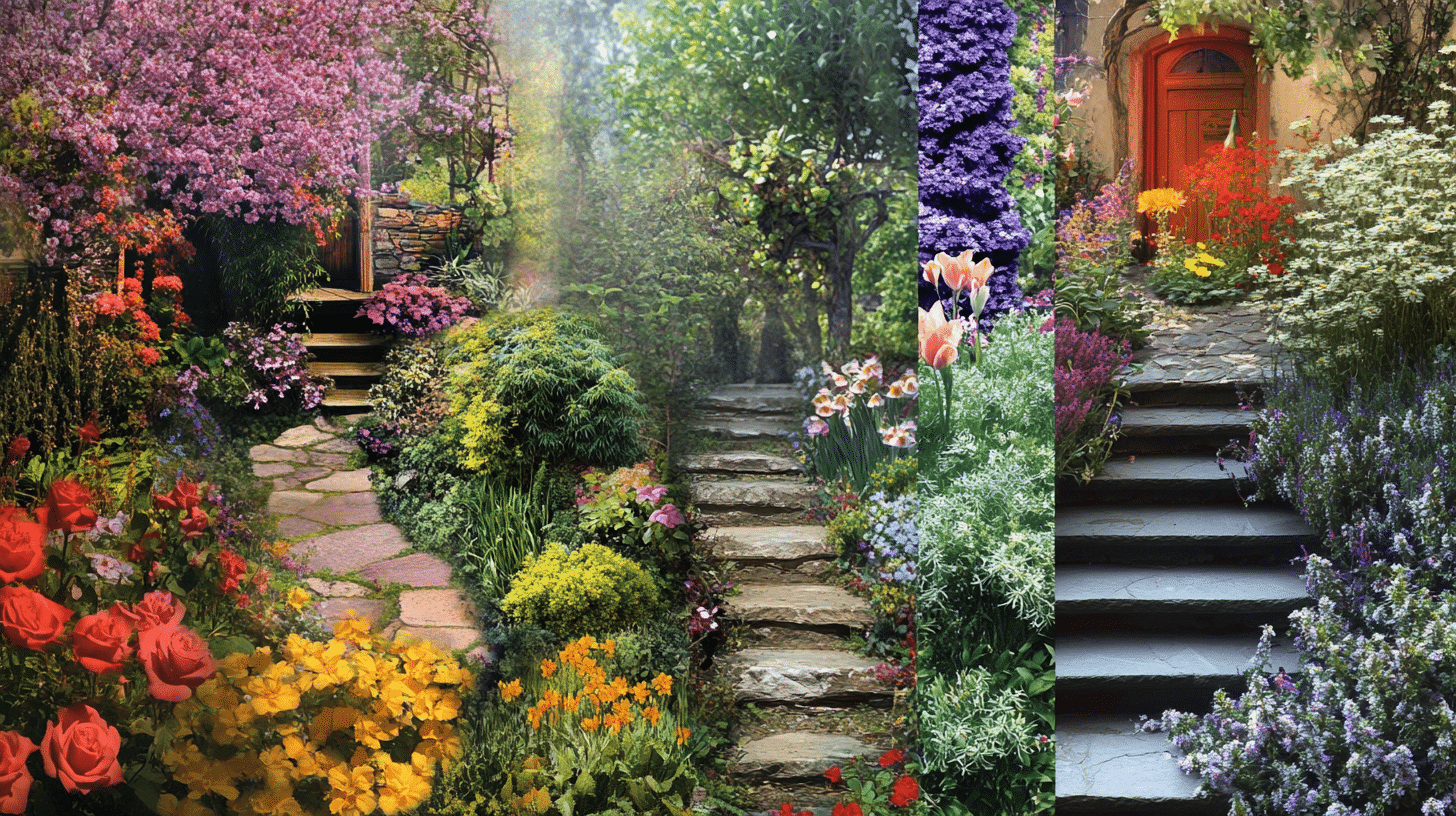Outdoor Patio Design Mistakes to Avoid
Most rooms in your home have a clear name and corresponding function. You dine in the dining room, bathe in the bathroom, and sleep in the bedroom. This makes choosing furniture and decor for these spaces relatively straightforward, as their function guides your choices. In contrast, furnishing an outdoor patio can be a more intricate task.
Your taste will significantly influence the patio furniture you select, but some basic guidelines can help steer your decisions and design. Some enthusiastic DIY enthusiasts may get carried away and forget they are furnishing an outdoor space.
Even more problematic is the common mistake of using an old indoor sofa on the patio or backyard. Let’s explore some key areas where you can avoid typical mistakes when designing your outdoor patio furniture layout.
Too Little or Too Much Furniture

Strike the right balance with patio furniture for any living area to be practical and visually appealing. Too few pieces can limit your seating options and enjoyment outdoors, while an excess can lead to a cluttered and cramped patio that hinders movement.
To create a comfortable and inviting outdoor space, opt for pieces from this patio furniture Toronto that is weather-resistant, cozy, and complements each other. Ensure that the furniture fits well within the size of your outdoor area. For a more simplistic style, introduce a touch of color and character with elements like cushions, plants, or decorative pottery.
Choosing the Incorrect Paving Material
Selecting the ideal paving material is pivotal. It enables the construction of a strong, long-lasting, and aesthetically pleasing patio. Regrettably, many individuals err in their choice of paving material. It’s crucial to realize that not all paving materials align with or enhance your patio.
Several factors warrant consideration. Weather patterns, foot and vehicle movement, and cleaning and upkeep requirements should all factor into your selection of patio paving material. Every aspect deserves attention when making this decision. If uncertainty looms or you lack expertise in materials, seeking advice from a professional is advisable.
Not Cleaning, Maintaining and Sealing

When exposed to harsh weather conditions, your paving material may darken and develop an unsightly appearance. Irregularly clean and maintain your patio pavers. Many homeowners overlook this step. This degrades the patio’s aesthetics and overall look of your home.
Concrete is common for patios due. However, it is still susceptible to wear and tear. Cracks may form over time due to various factors, and spills can leave stains or marks. To safeguard your patio floors, consider sealing or coating your patio pavers. This method effectively prevents scratches, cracks, stains, and scrapes.
By taking these steps, your patio maintains a fresh, new look for years. Numerous coating options are available in different colors and finishes, offering a unique way to enhance the appearance of your outdoor space.
Not Having a Sufficient Budget
Many homeowners view patios as an added expense, yet it is crucial to recognize them as a valuable investment. While the materials for a patio can be cost-effective, engaging a proficient contractor to actualize your vision can result in a substantial cost.
Neglecting to budget appropriately for your patio could be a costly oversight that hinders progress. For instance, a well-planned budget can make incorporating features like a fire pit or intricate lighting into your patio design feasible.
Lacking the Appropriate Amount of Space
Numerous patio design concepts are available, but the space you will have can vary significantly. Some individuals prefer smaller, cozier patios, which require fewer pieces of furniture to furnish. Others might be constrained to a smaller patio due to limited yard space.
While a larger patio might seem appealing if you have the room, an excessively big patio could lead to unused areas and necessitate purchasing larger, more costly furniture. It’s wise to plan the dimensions of your patio carefully before finalizing your decision. Consider marking out various patio sizes in your yard and assessing which one looks the best while providing adequate space for furniture and decor.
Failing to Utilize Appropriate Lighting
Many homes feature a single overhead light for the yard, intended to illuminate outdoor activities. While it might seem sufficient, dedicated patio lighting is essential. There are numerous outdoor lighting options, from string lights to solar-powered ground lights. The lights you select can dramatically alter the ambiance of your outdoor area, so choose carefully.
Ensure the area is well-lit for safe movement, but over-lighting can be an issue. Enjoying summer nights by the fire pit can be spoiled if the lighting is too intense. Aim for a balance and opt for warmer lights when possible.
Not Using Decorations
A patio can appear quite plain without the right accessories and decorations. Even something as small as a throw rug can transform the space into a more welcoming area. Consider enhancing the ambiance with outdoor plants, candles, and patterned pillows; these are simple yet effective ways to spruce up the area without overdoing it.
Find a balance between adding decor and preventing the space from feeling cluttered. Start with a few key pieces and gradually introduce more if needed, ensuring the space remains comfortable and inviting.
Endnote
Investing in a patio and furnishing it for use is a significant commitment. To ensure your investment is worthwhile, avoid the common patio design pitfalls discussed here. Concentrate on creating an inviting, well-decorated, and suitably sized outdoor area. A key aspect of achieving this goal is ensuring your patio is finished to withstand the test of time, preventing damage that could detract from the overall appeal of the space.







